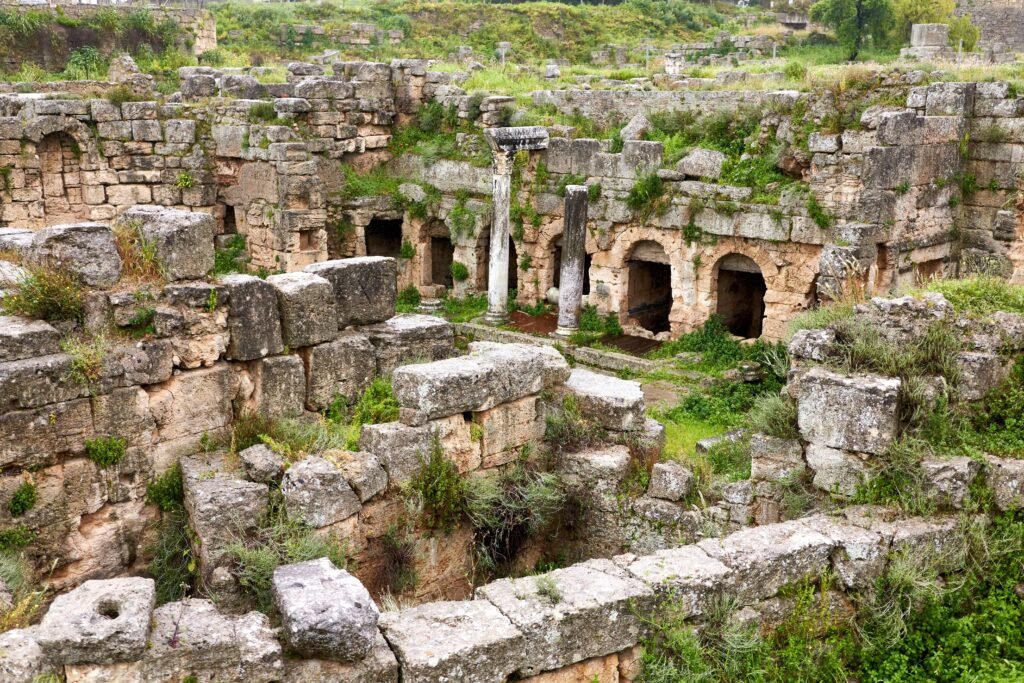The notion that we might not be the first intelligent species to dominate Earth is both thrilling and terrifying. What if our planet once harbored civilizations far more sophisticated than anything we’ve achieved? Recent archaeological discoveries and scientific breakthroughs are challenging everything we thought we knew about human history, suggesting that advanced beings may have walked this Earth long before modern humans even existed.
The Mysterious Gaps in Our Evolutionary Timeline

Scientists have long puzzled over the sudden leaps in human cognitive development that seem to defy gradual evolutionary processes. The transition from primitive tool use to complex language and abstract thinking happened remarkably fast in evolutionary terms. This rapid advancement has led some researchers to question whether we’re missing crucial pieces of the puzzle.
Archaeological evidence shows periods where human development appears to stagnate for thousands of years, followed by explosive bursts of innovation. These gaps in our timeline could represent encounters with or remnants of previous advanced civilizations. The pattern resembles what we might expect if knowledge was being transferred rather than independently developed.
Anomalous Archaeological Discoveries That Challenge Conventional History
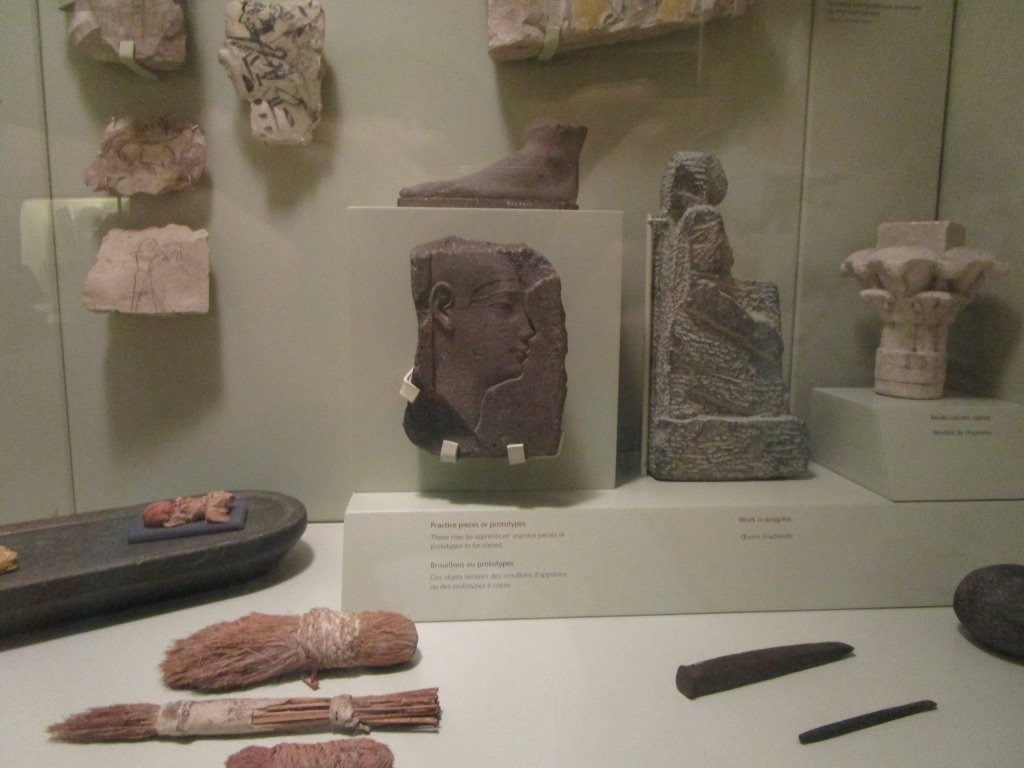
Across the globe, archaeologists continue to unearth artifacts that don’t fit neatly into our established timeline of human development. Stone structures with precision that rivals modern engineering, ancient maps showing continents that weren’t supposed to be known, and tools requiring metallurgical knowledge that predates known technological advancement by millennia.
The Antikythera mechanism, discovered in a Greek shipwreck, represents technology so advanced that nothing comparable appeared again for over a thousand years. This bronze device could predict astronomical positions with remarkable accuracy, suggesting knowledge that seemed impossible for its time period.
Advanced Megalithic Structures: Engineering Marvels from the Past

The precision of ancient megalithic constructions continues to baffle engineers and archaeologists alike. Structures like Puma Punku in Bolivia feature stone blocks cut with such accuracy that they fit together without mortar, creating joints tighter than a human hair. The logistics of moving these massive stones, some weighing over 100 tons, remain unexplained by conventional archaeological theories.
These sites often demonstrate knowledge of advanced mathematics, astronomy, and engineering principles that supposedly weren’t discovered until much later in human history. The builders possessed sophisticated understanding of structural engineering, load distribution, and precise astronomical alignments that suggest far more advanced knowledge than primitive societies should have possessed.
Genetic Anomalies in Modern Human DNA

Recent advances in genetic sequencing have revealed puzzling elements in human DNA that don’t align with standard evolutionary models. Scientists have identified genetic markers that appear to have been introduced suddenly rather than developing gradually through natural selection. These anomalies suggest possible genetic manipulation or interbreeding with unknown hominid species.
The discovery of Denisovan DNA in modern populations, despite having only fragmentary fossil evidence of these ancient humans, demonstrates how much we still don’t know about our genetic heritage. Some researchers propose that these mysterious genetic contributions could represent remnants of more advanced human subspecies that once existed.
Unexplained Technological Artifacts in Ancient Strata

Geological surveys have occasionally uncovered manufactured objects in rock layers that predate known human civilization by millions of years. While many of these discoveries remain controversial, they raise important questions about the completeness of our historical record. Objects like the London Hammer, found embedded in Cretaceous rock, challenge our understanding of when intelligent beings first appeared on Earth.
Even dismissing the most controversial finds, enough anomalous artifacts exist in legitimate archaeological contexts to warrant serious investigation. These discoveries suggest that either our dating methods need revision or that intelligent activity on Earth extends much further back than previously believed.
Ancient Knowledge Systems That Surpass Modern Understanding

Historical texts from various cultures describe mathematical concepts, astronomical observations, and scientific principles that weren’t “officially” discovered until centuries later. Ancient Sanskrit texts contain descriptions of atomic theory, advanced metallurgy, and even what some interpret as aircraft technology. These knowledge systems appear too sophisticated for the time periods they’re attributed to.
The accuracy of ancient astronomical calculations, such as those found in Mayan and Egyptian texts, required observation and mathematical skills that suggest long-term scientific traditions. These civilizations somehow knew planetary cycles, eclipse patterns, and stellar movements with precision that rivals modern calculations.
The Silurian Hypothesis: Evidence of Pre-Human Industrial Civilizations

Scientists have begun seriously considering whether industrial civilizations could have existed on Earth before humans, leaving virtually no trace after millions of years of geological processes. The Silurian Hypothesis, named after a Doctor Who alien species, explores how we might detect evidence of ancient industrial activity in the geological record.
Researchers are developing methods to identify potential signatures of prehistoric industrial activity, such as unusual isotope ratios in ancient rock layers or artificial materials that could survive geological time scales. This scientific approach to the question demonstrates that the possibility of pre-human advanced civilizations is being taken seriously by mainstream science.
Flood Myths and Global Catastrophe Stories

Nearly every ancient culture around the world has preserved stories of great floods, global catastrophes, and the destruction of previous civilizations. The consistency of these narratives across geographically isolated cultures suggests they might be based on actual historical events rather than pure mythology.
These stories often describe technologically advanced civilizations that were destroyed by natural disasters, with only scattered survivors passing down fragmentary knowledge to later generations. The global nature of these myths implies that whatever events they describe had worldwide impact and significance.
Controversial Dating Methods and Their Implications

Traditional archaeological dating methods may not be as reliable as once believed, potentially placing advanced civilizations much earlier in history than previously thought. Alternative dating techniques have produced results that challenge established timelines, suggesting that complex human societies may have existed tens of thousands of years earlier than conventional archaeology acknowledges.
Water erosion patterns on the Sphinx, for example, suggest the monument could be much older than the established date of 2500 BCE. If correct, this would place advanced Egyptian civilization in a completely different historical context, potentially during the last ice age when global conditions were dramatically different.
Underground Cities and Hidden Civilizations
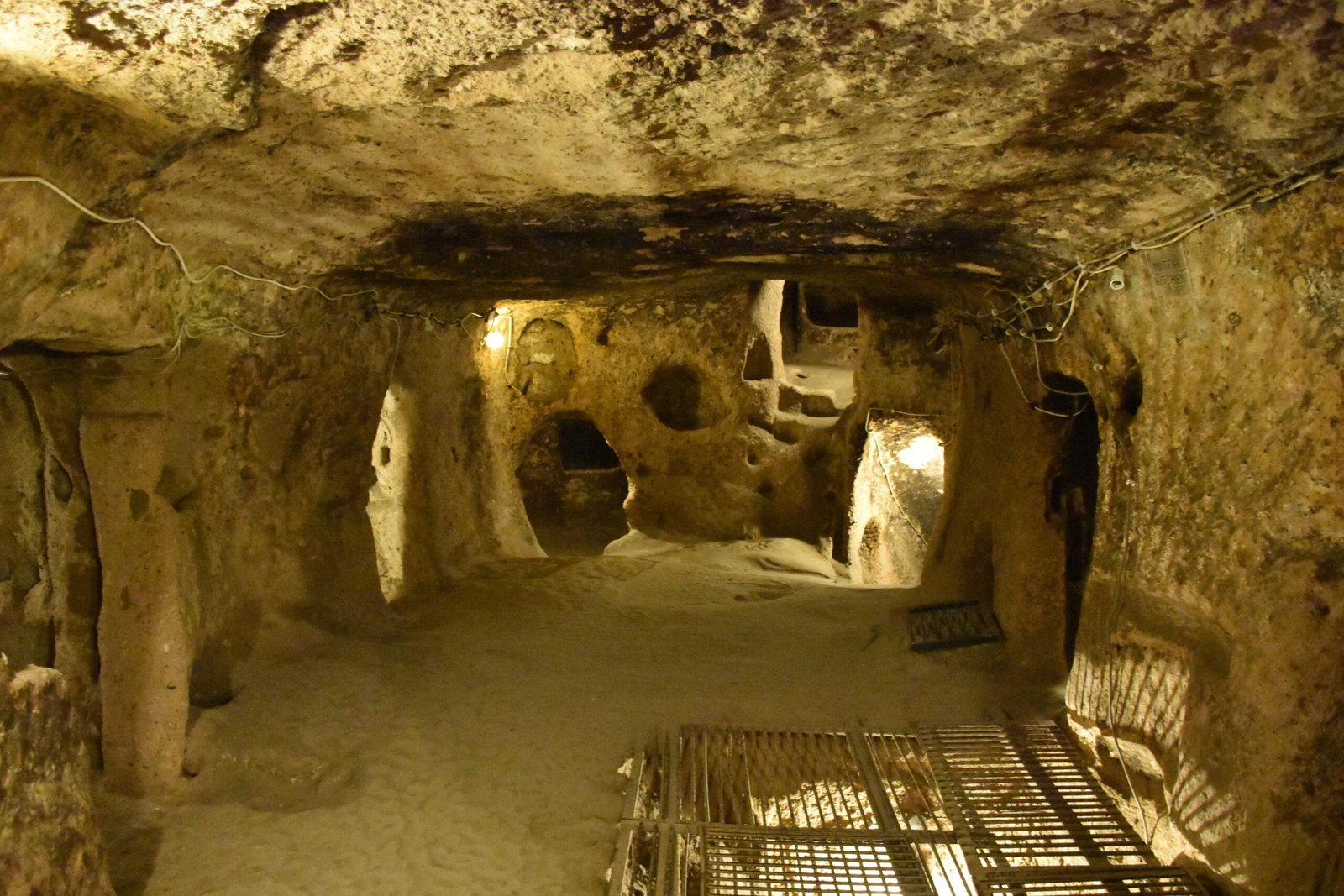
Massive underground complexes like Derinkuyu in Turkey demonstrate sophisticated engineering capabilities that extend far below the surface. These subterranean cities could house thousands of people and feature complex ventilation systems, water management, and defensive structures that required advanced planning and construction knowledge.
The existence of these underground networks raises questions about what surface civilizations might have built them and why they needed such elaborate hidden refuges. The engineering required to create these spaces suggests technological capabilities that exceed what we typically associate with ancient civilizations.
Quantum Archaeology and New Detection Methods

Emerging scientific techniques are providing new ways to search for evidence of ancient advanced civilizations. Quantum archaeology proposes using quantum mechanics principles to reconstruct past events, potentially revealing historical information that traditional methods cannot access.
Satellite imagery and ground-penetrating radar are uncovering hidden structures and patterns that suggest much larger and more complex ancient settlements than previously known. These technological tools are revolutionizing archaeology and may soon provide definitive evidence of advanced prehistoric civilizations.
The Younger Dryas Impact and Civilization Reset
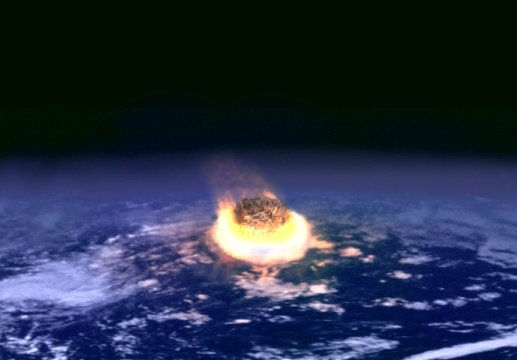
The Younger Dryas period, approximately 12,800 years ago, marked a sudden return to ice age conditions that lasted over a thousand years. Recent evidence suggests this climate catastrophe may have been triggered by asteroid or comet impacts that devastated any existing advanced civilizations.
This global catastrophe could explain why human development appears to “restart” around 10,000 BCE with the sudden emergence of agriculture and complex societies. If advanced civilizations existed before this event, they would have been largely wiped out, leaving only scattered survivors to rebuild from the ruins.
Biological Evidence of Advanced Prehistoric Humans
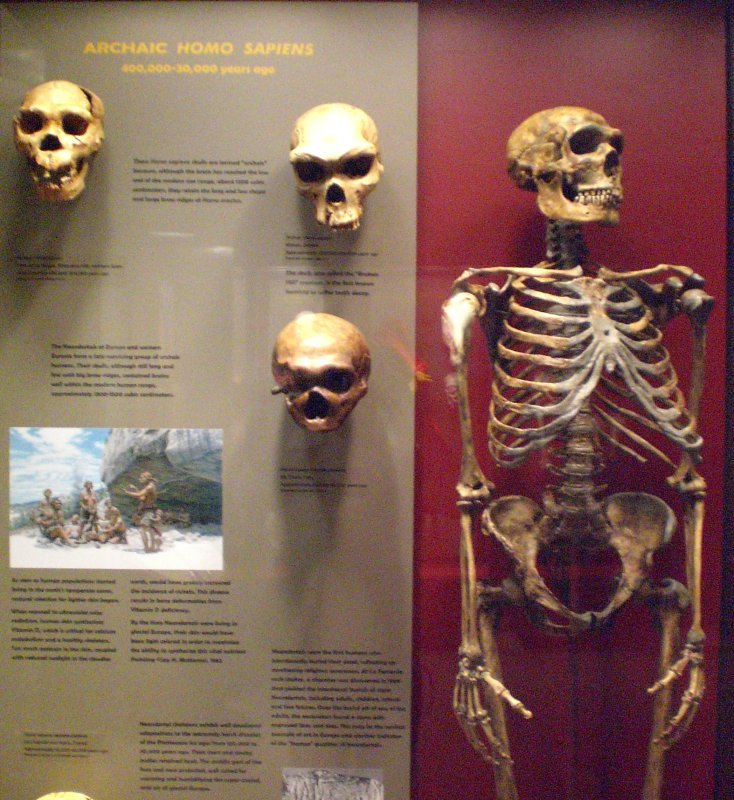
Fossil discoveries continue to reveal that early humans were far more diverse and potentially advanced than previously believed. The recent discovery of Homo naledi in South Africa showed evidence of sophisticated burial practices and possible symbolic behavior in a species with a much smaller brain than modern humans.
Brain size alone may not be the determining factor in intelligence and technological capability. Some prehistoric human species may have achieved advanced civilizations through different evolutionary pathways than modern humans, potentially reaching technological levels we haven’t considered possible for early hominids.
Advanced Mathematics in Ancient Architecture
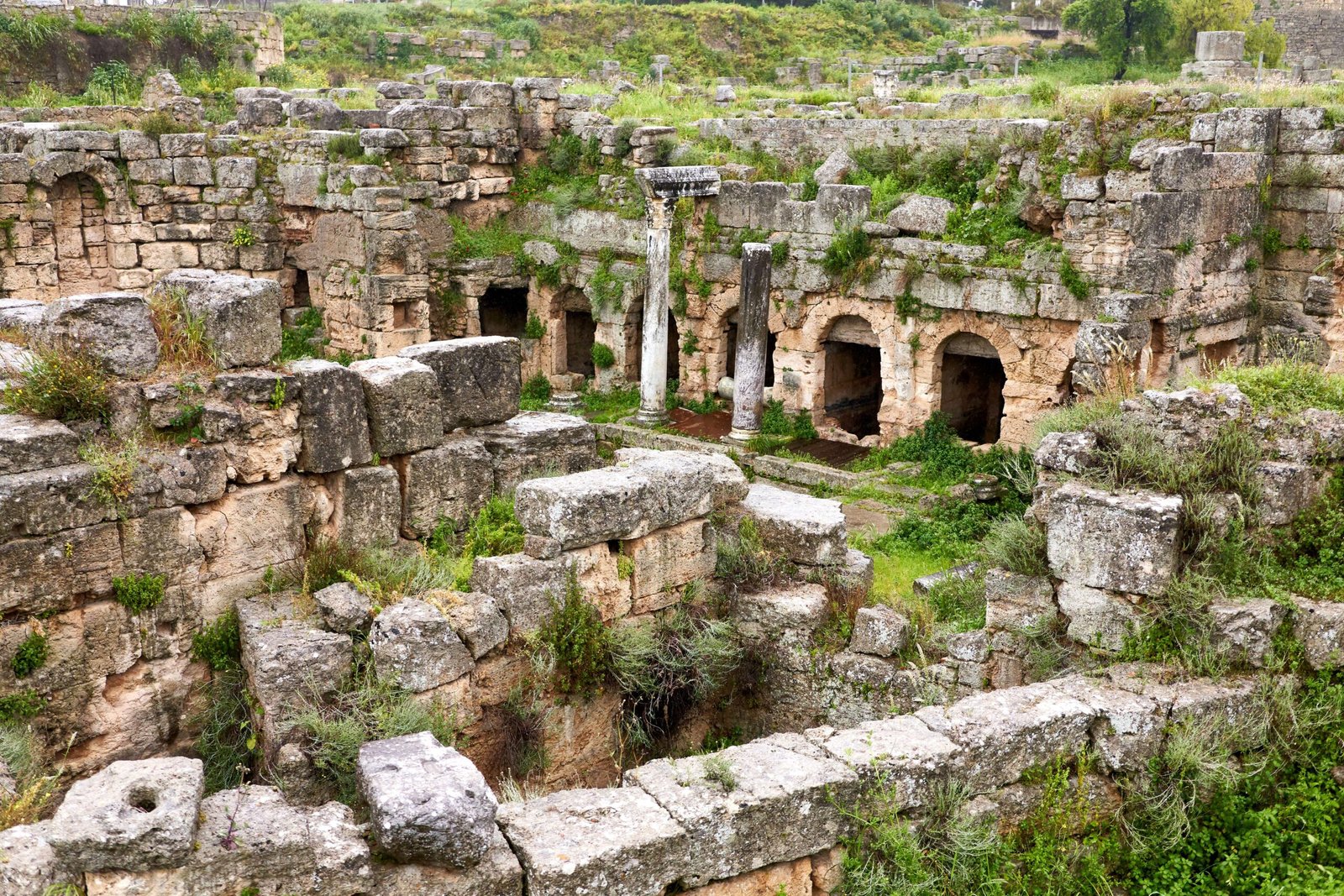
The mathematical precision embedded in ancient structures reveals knowledge of complex geometric principles, advanced trigonometry, and even concepts like the golden ratio and pi. These mathematical constants appear in constructions that predate their supposed discovery by thousands of years.
The Great Pyramid of Giza encodes mathematical relationships that weren’t formally recognized until modern times, suggesting its builders possessed sophisticated mathematical knowledge. This level of mathematical understanding implies educational systems and scientific traditions far more advanced than traditionally attributed to ancient civilizations.
Anomalous Human Remains and Giant Skeletons

Archaeological reports from the 19th and early 20th centuries frequently mentioned the discovery of unusually large human skeletons, often described as belonging to giants. While many of these reports lack proper documentation, the consistency of accounts across different regions and time periods suggests there may be some basis in fact.
Modern genetics has revealed that human populations were much more diverse in the past than they are today. It’s possible that some prehistoric human populations developed along different physical and intellectual lines, potentially achieving advanced civilizations before disappearing from the archaeological record.
The Role of Natural Disasters in Erasing Evidence

Geological processes are remarkably efficient at erasing evidence of past civilizations, especially when combined with catastrophic events like asteroid impacts, supervolcanic eruptions, or massive floods. Most materials that make up modern civilization would decompose or be destroyed within thousands of years, leaving little trace for future archaeologists.
The Earth’s dynamic geology means that evidence of prehistoric advanced civilizations could be buried under miles of sediment, submerged beneath rising oceans, or completely obliterated by tectonic activity. This natural erasure process makes detecting ancient civilizations extremely challenging, even if they once existed.
Modern Implications and Future Research Directions

The possibility that advanced human species preceded us has profound implications for our understanding of human potential, technological development, and our place in the cosmic timeline. If previous civilizations achieved technological advancement and then disappeared, it raises important questions about sustainability and the long-term survival of intelligent species.
Current research initiatives are developing new methodologies to search for evidence of prehistoric advanced civilizations, combining traditional archaeology with cutting-edge technology. These investigations may soon provide definitive answers about whether we truly represent the first advanced species on Earth or if we’re following in the footsteps of forgotten predecessors.
The Scientific Community’s Evolving Perspective

Mainstream science is increasingly open to investigating unconventional theories about human prehistory, recognizing that our understanding of the past remains incomplete. The discovery of sites like Göbekli Tepe has already pushed back the timeline of complex human civilization by thousands of years, demonstrating that major paradigm shifts in archaeology are not only possible but inevitable.
As new evidence continues to emerge and detection methods become more sophisticated, the scientific community may soon reach a consensus about whether advanced human species existed before our recorded history. The accumulating evidence suggests that such a discovery wouldn’t be entirely surprising to researchers who have been quietly investigating these possibilities for years.
The mounting evidence for advanced prehistoric human civilizations continues to challenge our assumptions about the linear progression of human development. From anomalous artifacts to sophisticated ancient structures, from genetic mysteries to global catastrophe myths, the clues are building toward a picture of human history far more complex and remarkable than we ever imagined. Whether these advanced predecessors were variants of our own species or something entirely different, their potential existence reminds us that Earth’s history holds secrets we’re only beginning to uncover. What other revelations about our past are waiting to be discovered in the depths of time?

